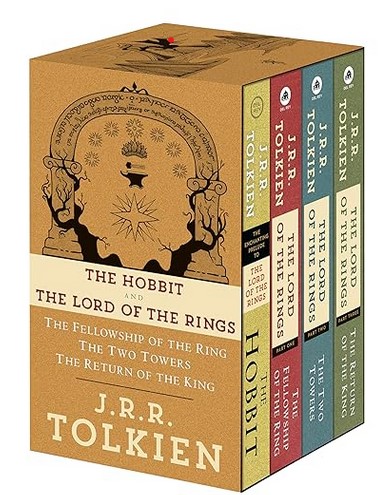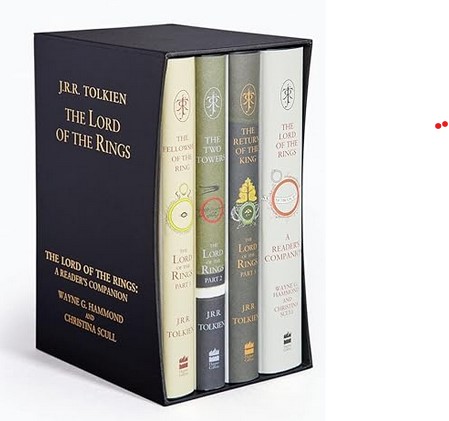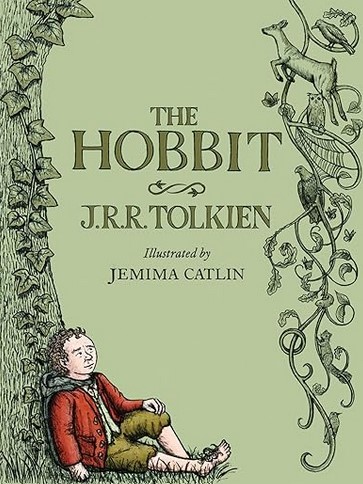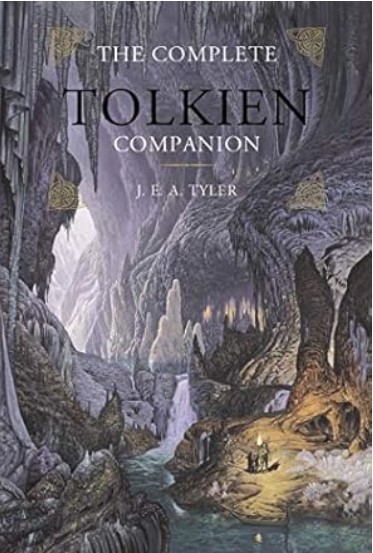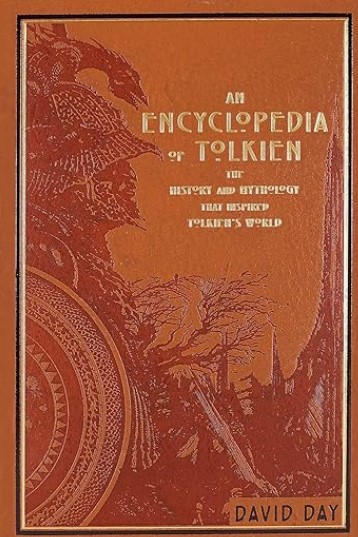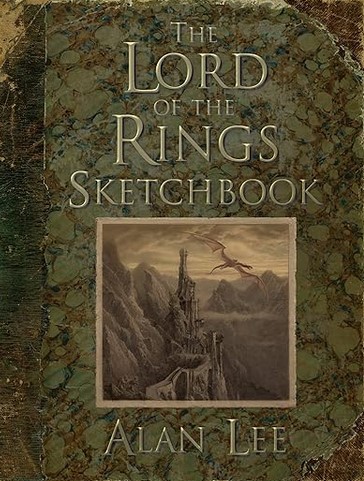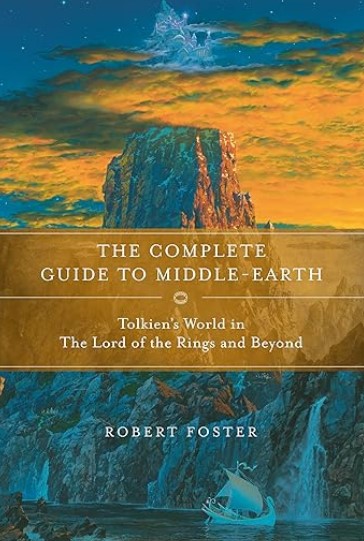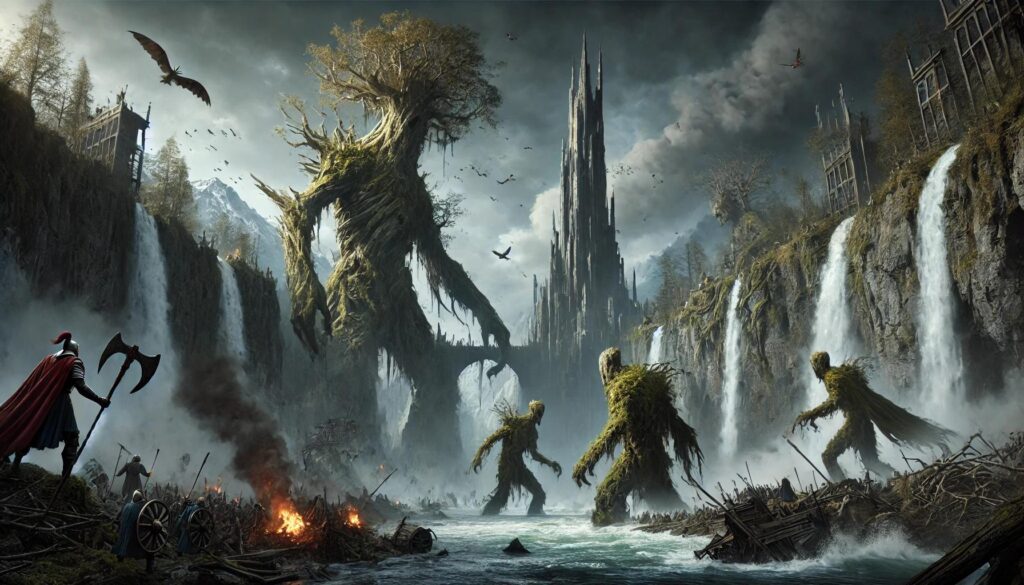
The Ents’ Assault on Isengard – A defining moment from The Two Towers, when Treebeard leads the Ents in a siege against Isengard. Enraged by Saruman’s betrayal and destruction of the forests, the ancient shepherds of the trees storm the stronghold, tearing down walls and flooding the city by unleashing the river Isen. This pivotal act cripples Saruman’s power and marks a turning point in the war against Sauron’s forces.
Just so you know! 🚀
This post contains affiliate links – which means if you click and make a purchase, I may earn a commission at no extra cost to you. Your support helps keep the site running (and my coffee cup full ☕). Thanks a ton!

Arrival at the White City – A powerful scene from The Return of the King, depicting Gandalf and Pippin’s arrival at Minas Tirith, the great capital of Gondor. The gleaming white stone city stands as a beacon of hope and resistance, awaiting the final war against Sauron’s advancing armies.
I was 15 the first time I read The Lord of the Rings (and now, at 34, I’ve lost count of how many times I’ve returned to it). From that very first journey through Middle-earth, I was enchanted by Tolkien’s incredible storytelling, unforgettable characters, and the epic sense of adventure. Each time I revisit Frodo, Gandalf, and the Fellowship, I find something new to love—and the magic never fades.
But if you’re just starting your adventure or revisiting it after a while, you might find yourself wondering: How exactly is The Lord of the Rings structured? And beyond that, what’s the best way to approach this legendary story?
In this post, I’ll share:
- The unique structure of The Lord of the Rings and why it’s so much more than just a trilogy.
- Helpful companion guides and tips to deepen your experience and bring Middle-earth to life.
- Stunning images inspired by pivotal moments to make your journey even more immersive.
Whether you’re new to Tolkien’s world or a lifelong fan, this guide will help you dive deeper into the epic tale that continues to captivate readers around the globe. Let’s dive in!
1. Is The Lord of the Rings One Book or Three?
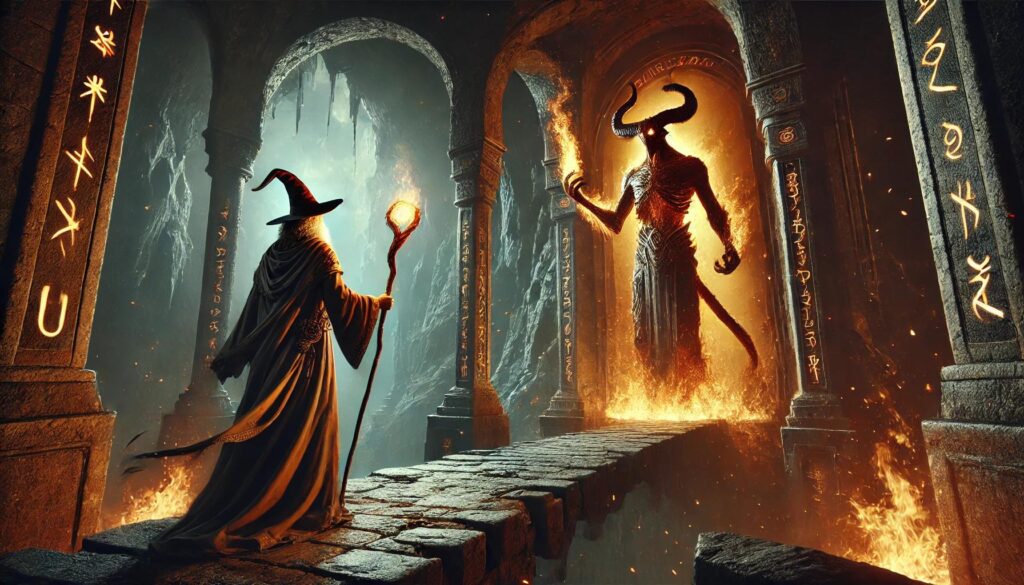
The Fall of Gandalf in Moria – A breathtaking moment from The Fellowship of the Ring, where Gandalf confronts the Balrog on the Bridge of Khazad-dûm. As the Fellowship flees through the dark halls of Moria, Gandalf makes his final stand, facing the fiery demon with staff and sword. With the iconic words “You shall not pass,” he shatters the bridge, sending the Balrog plunging into the abyss—only to be dragged down with it. This tragic and heroic encounter marks a turning point in the journey, leaving the Fellowship without its leader as they escape into the light of Lothlórien.
Despite its widespread classification as a trilogy, The Lord of the Rings was written as a single, continuous novel. J.R.R. Tolkien never intended for it to be separated into three parts. The division into three volumes—
—was a publishing decision, not a creative one. This allowed for easier distribution and reduced production costs in the post-World War II era.
In Tolkien’s eyes, The Lord of the Rings was one grand story, and reading it as such offers a more seamless and immersive experience.
2. The Six-Book Structure Hidden Within the Volumes

Helm’s Deep Under Siege – A pivotal moment from The Two Towers, depicting the Battle of Helm’s Deep, where the people of Rohan make their last stand against Saruman’s relentless Uruk-hai army. The fortress glows under torches and rain as the defenders brace for the brutal siege under a stormy sky.
Adding another layer to its complexity, Tolkien divided the narrative internally into six books spread across the three volumes. This six-part structure reflects natural shifts in the story’s arc, helping the reader navigate the evolving plot and perspectives.
Here’s how the six books align with the volumes:
- Volume 1 – The Fellowship of the Ring
- Book One: The journey from the Shire to Rivendell
- Book Two: The Fellowship’s travels through Moria and beyond
- Volume 2 – The Two Towers
- Book Three: The battles in Rohan and the Fellowship’s divide
- Book Four: Frodo and Sam’s journey toward Mordor
- Volume 3 – The Return of the King
- Book Five: The siege of Gondor and final battles
- Book Six: The Ring’s destruction and the return to the Shire
While the six-book format isn’t often emphasized, it offers readers a clearer understanding of Tolkien’s structural intent and the narrative’s progression.
3. Why Three Volumes? The Publishing Story
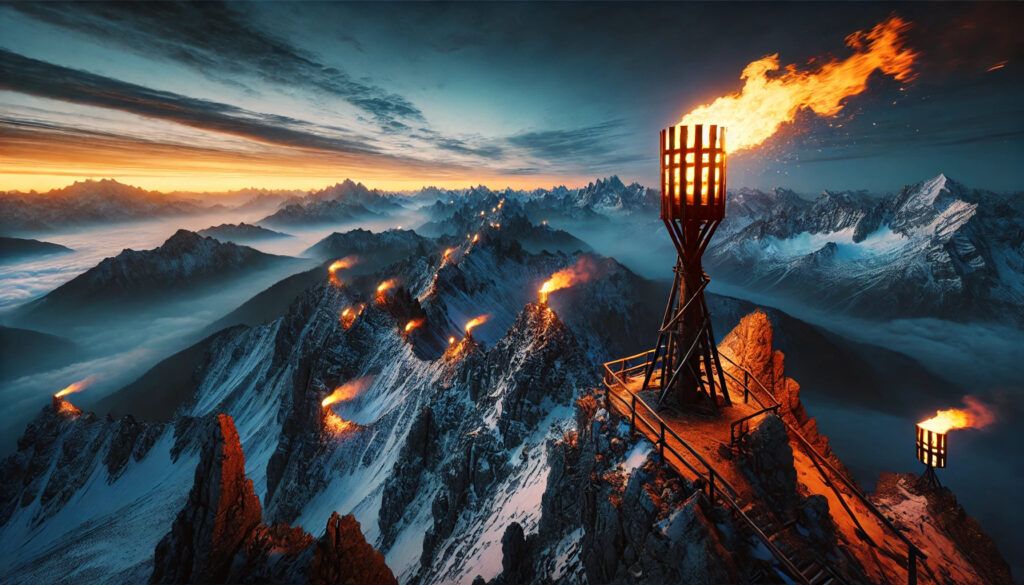
The Beacons of Gondor – A striking scene from The Return of the King, showcasing the moment when Gondor calls for aid by lighting the mountain beacons. The fiery chain spreads across the peaks, signaling Rohan and uniting the free peoples of Middle-earth in preparation for the battle against Sauron’s forces.
The decision to publish The Lord of the Rings in three volumes stemmed from practical constraints. Post-war paper shortages and concerns about the financial risk of publishing such a lengthy novel led Tolkien’s publisher, Allen & Unwin, to divide the book into three parts between 1954 and 1955.
Though Tolkien initially objected, the trilogy format ultimately became iconic. Readers embraced the suspense of waiting for the next volume, and the success of each installment cemented The Lord of the Rings as a landmark in fantasy literature.
4. Is The Hobbit Part of The Lord of the Rings?

The Dragon’s Hoard – A dramatic depiction from The Hobbit, where Bilbo Baggins steps into the vast treasure chamber of the Lonely Mountain. Smaug the dragon lies atop a mound of gold, his immense form partially buried in riches as Bilbo cautiously approaches, leading to one of the most tense and unforgettable encounters in the story.
A question that often arises is whether The Hobbit is part of The Lord of the Rings.
The answer is no—The Hobbit is a separate novel that predates The Lord of the Rings. However, it serves as a prelude, introducing Bilbo Baggins, Gollum, and the discovery of the One Ring.
While not required reading, The Hobbit enriches the experience by offering valuable context for the events that unfold in The Lord of the Rings.
5. How to Approach Reading The Lord of the Rings
If you’re embarking on the journey through Middle-earth, here’s a guide to make the most of the experience:
- Start with The Fellowship of the Ring – Begin at the start and allow the story to unfold naturally, without worrying about volume divisions.
- Expect Descriptive Prose – Tolkien’s writing is immersive and detailed. Take your time with the descriptions and world-building.
- Use Maps and Companion Guides – Middle-earth’s geography is vast. Referring to maps and glossaries can enhance your understanding.
- Read The Hobbit (Optional) – If you want a lighter introduction to Tolkien’s style, The Hobbit is an excellent starting point.
- Engage with Fellow Readers – Discussing The Lord of the Rings in book clubs or online forums can deepen your appreciation for its layers and themes.
As a lifelong Tolkien fan, I’m always looking for ways to dive deeper into his incredible world. There’s something magical about revisiting The Hobbit or The Lord of the Rings, but I’ve found that having a few companion books nearby adds a whole new layer to the experience. Whether it’s exploring the histories behind Middle-earth or understanding the languages and characters in more detail, these books have made my journey through Tolkien’s universe even richer. Below are five that I personally love and recommend to anyone—whether you’re a longtime fan or just starting out and want to uncover more of the magic.
Conclusion: The Magic Lies in the Details
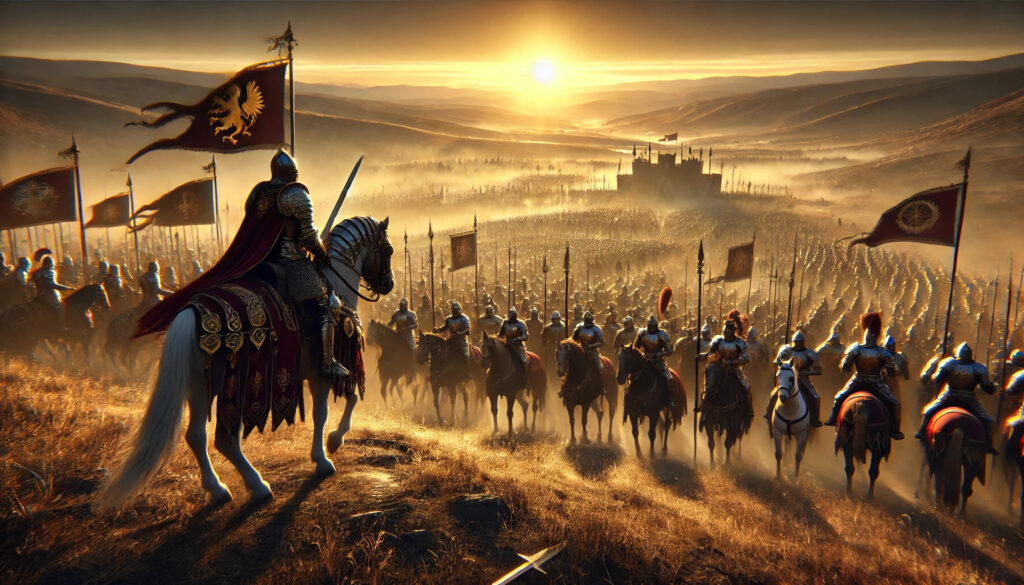
The Ride of the Rohirrim – A defining moment from The Return of the King, as King Théoden leads the Riders of Rohan at dawn onto the Pelennor Fields. Thousands of armored horsemen line the rolling hills outside Minas Tirith, their banners streaming in the cold morning wind. At the front, Théoden raises his sword, Snowmane rearing beneath him as he rallies his forces with the cry of “Forth Eorlingas!” Below, the forces of Mordor lay siege to Gondor’s capital, smoke rising from its walls. As the sun crests the horizon, the Rohirrim thunder forward, their charge turning the tide of battle in one of the most heroic and visually striking moments of the War of the Ring.
Understanding the structure of The Lord of the Rings reveals the depth and complexity that make it a literary masterpiece. Whether viewed as one book, three volumes, or six internal parts, Tolkien’s epic continues to captivate readers across generations.
As you embark (or re-embark) on this legendary journey, remember that the beauty of The Lord of the Rings lies not just in the destination, but in the rich tapestry of its storytelling along the way.
